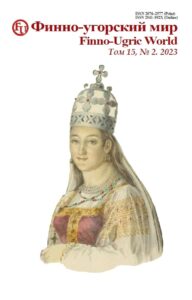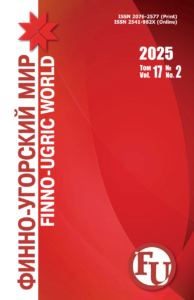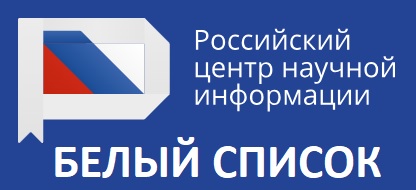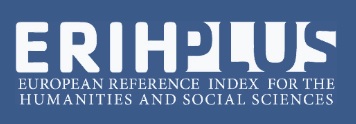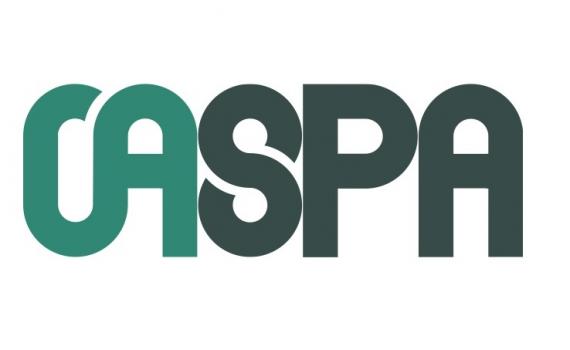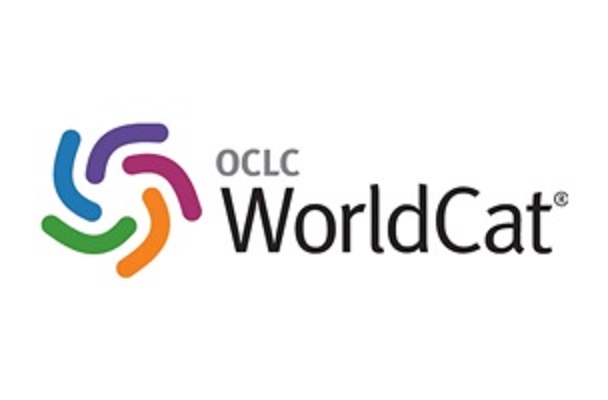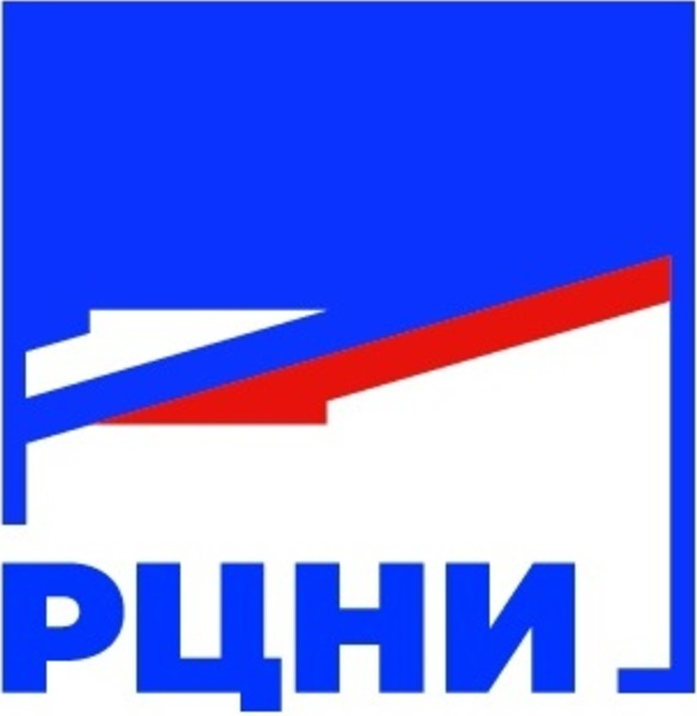Aleksandra P. Rodionova
Karelian Research Centre, Russian Academy of Sciences
Tatyana V. Pashkova
Petrozavodsk State University,
Petrozavodsk, Russia
Introduction. The article presents the overview of the Livvic dialectal audio materials stored in the Phonogram Archive of the Institute of Linguistics, Literature and History of the Karelian Research Centre of the Russian Academy of Science (Petrozavodsk).
Materials and Methods. The article is based on the digital information resources, folklore-ethnographic and linguistic data obtained in the ILLH KarRC RAS archives. The research was carried out using descriptive, comparative, historical and chronolohical methods.
Results and Discussion. The Institute’s Phonogram Archive stores field materials which have been collected by the Institute’s specialists since the 1930s. These are speech samples, folklore works, as well as information about the culture and life of the peoples living in the Republic of Karelia, and neighboring regions. The article considers collections of audio materials in the Livvik dialect of the Karelian language, which were collected on the territory of South Karelia in the Olonetsian, Pryazha’s, Suoyarvi’s, Pitkyaranta’s districts. They include not only speech samples, but also some data on ethnography, toponymy, folklore, etc. Part of the material from the Livvic collection (dialect and folklore-ethnographic materials) is presented in the article as the tables that help navigate it. It can be useful for a wide range of specialists: ethnographers, linguists, folklorists, historians.
Conclusion. The collections of Livvic dialect and folklore-ethnographic materials of the Phonogram Archive of the ILLH of the Karelian Research Centre of the Russian Academy of Sciences include valuable linguistic, folklore and ethnographic material. The authors have presented a small part of the unique material stored in the archive. Digitization of archival and field audio samples of Karelian speech in the format of a speech corpus can further simplify the processing and storage of materials, can make it possible to introduce into academic and research environment and make available the unique audio materials which reflect the state of Karelian and Vepsian dialects since the middle of the last century.
Keywords: Livvic dialect, the Karelian language, audio materials, Phonogram Archive of the KarRC RAS Institute of Linguistics, Literature and History, speech samples, folklore-ethnographic material
Acknowledgments: The research was funded by the Russian Science Foundation’s grant No. 22-28-20215 “Creation of the speech corpus of the Baltic-Finnic languages of Karelia” implemented in cooperation with Karelia’s authorities and financed from the Venture Capital Fund of the Republic of Karelia.
For citation: Rodionova AP, Pashkova TV. Collections of Livvic dialectal materials in the Phonogram archive of the Institute of Linguistics, Literature and History of the Karelian Research Centre of the Russian Academy of Sciences. Finno-ugorskii mir = Finno-Ugric World. 2023;15;2:189–199. (In Russ.). DOI: 10.15507/2076-2577.015.2023.02.189-199.
Information about the authors
A. P. Rodionova – Candidate Sc. {Philology}, Research Fellow, Department of Linguistics, Institute of Linguistics, Literature and History, Karelian Research Centre of the Russian Academy of Sciences, santrar@krc.karelia.ru, https://orcid.org/0000-0001-5645-9441
T. V. Pashkova – Doctor of History, Head of Department of Baltic-Finnic Philology, Petrozavodsk State University, tvpashkova05@mail.ru, https://orcid.org/0000-0002-0505-4767

